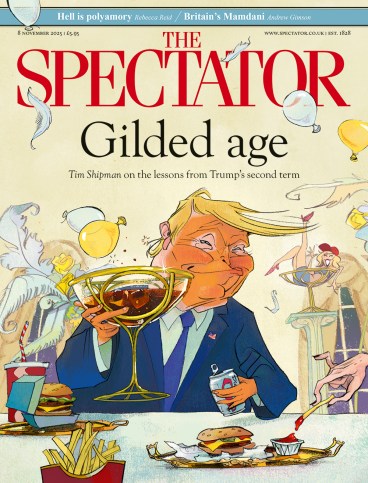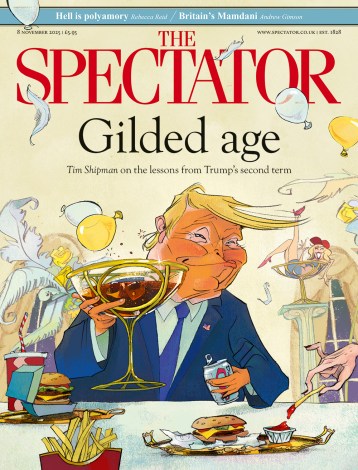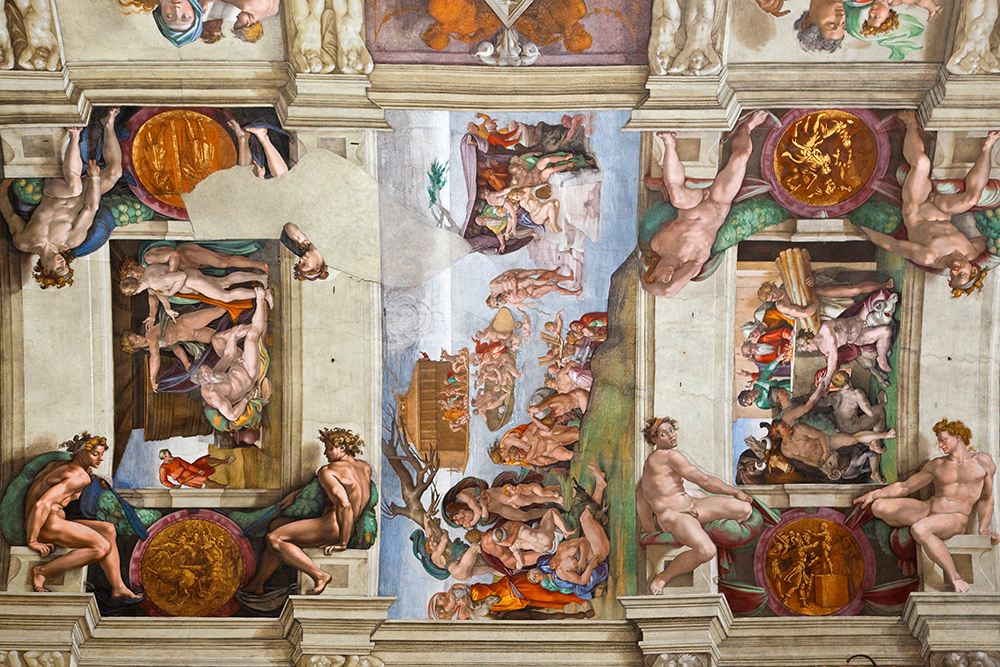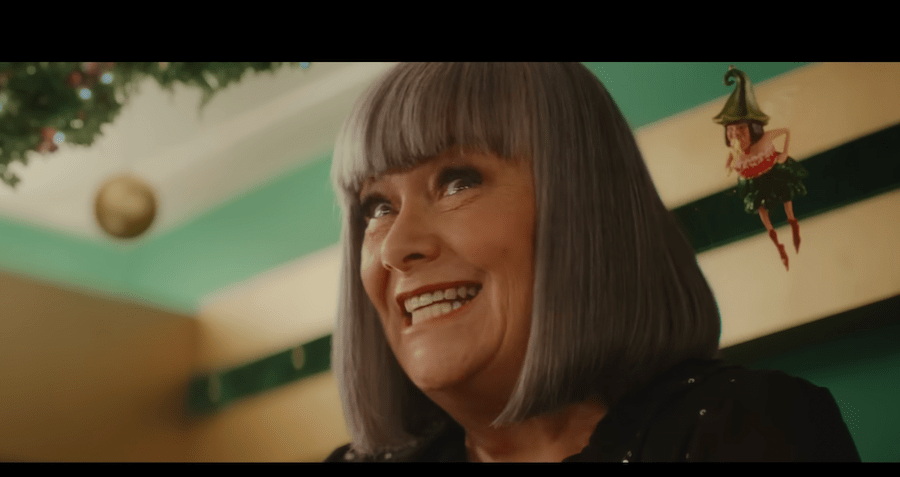
The Christmas gift book market is a fascinating thing. Things come into fashion, other things drop out, although the desire to amuse and/or make the mind boggle is pretty much constant. This year’s book that performs both tasks admirably is The History of Art in One Sentence (Bloomsbury, £14.99) by Verity Babbs, which I am assured is her real name. She is an art historian and a comedian, an unusual combination in academe and a very effective one here. Her task is to guide us through 50 art movements from the past 500 years, one sentence at a time. Each short chapter asks ten judicious questions about the movement, then profiles three significant artists and three significant artworks. And it’s all done with a delicious light humour that makes the whole book sing.
El Greco volunteered to repaint the Sistine Chapel because he didn’t think Michelangelo was much good
Even if you know a bit about art – and I’m happy to admit that I know adjacent to bugger all – you might not know that El Greco volunteered to repaint the ceiling of the Sistine Chapel because he didn’t think Michelangelo was much good. (Would he have gone for white emulsion?) Or that the painter Frans Hals, a distressingly common name in 17th-century Amsterdam, was once confused with another Frans Hals, and thus accused of abusing his wife, even though she happened to be dead. Although Walter Sickert probably wasn’t Jack the Ripper, he didn’t make much effort to distinguish himself from the notorious serial killer. A painting of his own bedroom was called ‘Jack the Ripper’s Bedroom’, which I think counts as an unforced error. This is a book of some brilliance and highly recommended.
The year’s outstanding language book, as far as I can see, is The Language Lover’s Lexipedia: An A-Z of Linguistic Curiosities (Bloomsbury, £14.99) by Joshua Blackburn. It is based on a successful website, and the author certainly knows his linguistic onions. There are pages on alternatives to the word ‘Hello’ (he recommends Yo!, What’s da haps?, My man!, S’up?, and rather more soberly, Salutations); ampersands (in 30 different fonts); anagrams (did you know that refragmentation was an anagram of antiferromagnet?); and Aussie abbreviations (arvo for afternoon, jarmies for pyjamas and, probably most pointlessly, wombie for wombat). The book is delightful and all quiz-setters will fall on it. I particularly liked the list of equivalents to the phrase ‘Average Joe’, the personification of normal, around the world. In Iceland it’s Jon Jonsson, in France it’s Monsieur Toutlemonde and in Israel it’s Israel Israeli. (Over here, of course, it’s Joe Bloggs.)
Reissue of the year is undoubtedly The Meaning of Liff is 42 (Pan, £16.99), a brilliant comic confection by Douglas Adams and John Lloyd. Adams died tragically young in 2001, but Lloyd is still with us, producing QI and being as funny as any man has a right to be. The Meaning of Liff has a simple idea: it takes British place names (which Adams and Lloyd believe are good words not doing enough work) and pairs them with concepts or objects that have no specific word to define them in the English language. The first one they formulated was ely (‘the first, tiniest inkling that something, somewhere, has gone terribly wrong’), but there’s barely a duffer in the book (kettering: ‘the marks left on your bottom or thighs after sitting sunbathing on a wickerwork chair’; glenduckie: ‘Any Scottish actor who wears a cravat’; or polperro: ‘the ball, or muff, of soggy hair found clinging to bath overflow-holes’.) This is strikingly good stuff, and all the better for now being encased in a nifty little hardback that will sit rather more comfortably on your shelves than the original tatty black paperback.
Sad farewell of the year is The Last of Alex 2025 (Masterley, £20) by Charles Peattie and Russell Taylor. As you will surely know, Peattie and Taylor were sacked earlier this year by the Daily Telegraph after several thousand years producing their daily strip, and this is a final round-up of the strips published, plus some new material not previously seen even by Peattie and Taylor’s close relatives. To the end, the strip remained very funny, enlivened by recent bursts of colour and some patently ridiculous plots that sometimes only satirised the City marginally: Alex’s last adventure revealed that his whole existence had been just a computer-generated illusion, which I think any of us could have told him.
The book’s unpublished strips also chart the future lives of the cartoon’s other characters (Penny, Clive, Cyrus, Vince and others long unseen) after Alex’s disappearance. If you can’t find it in a bookshop, you can buy it from their website, www.alexcartoon.com. I now have more than 30 of these Alex annuals in a box in my loft, and I have just checked that there’s room for one more. But it’s a sad day indeed for one of the best and consistently funniest cartoon strips of the past 35 years.







Comments